Home>Gardening & Outdoor>Landscaping Ideas>How To Kill Pampas Grass
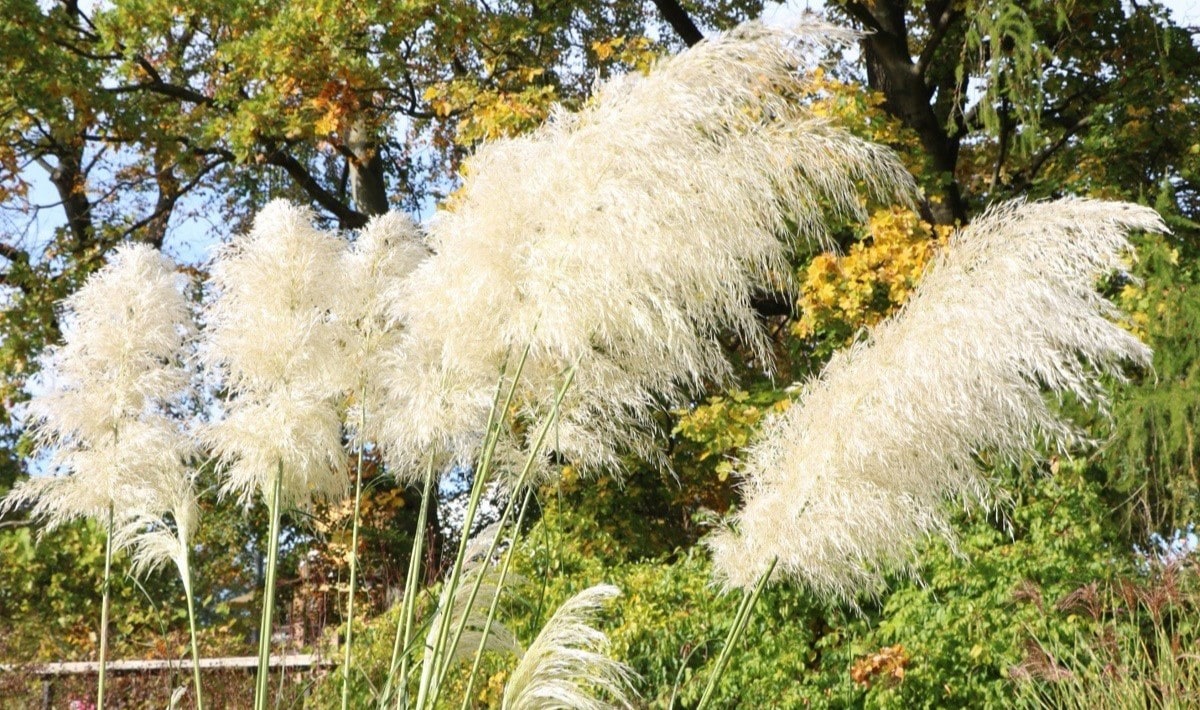

Landscaping Ideas
How To Kill Pampas Grass
Modified: March 29, 2024
Learn effective landscaping ideas to kill pampas grass and reclaim your garden. Get expert tips and methods for removing pampas grass. Achieve a beautiful landscape without the hassle of invasive plants.
(Many of the links in this article redirect to a specific reviewed product. Your purchase of these products through affiliate links helps to generate commission for Storables.com, at no extra cost. Learn more)
Introduction
Pampas grass, with its feathery plumes and towering height, may seem like a picturesque addition to your landscape. However, this visually striking plant is also known for its aggressive and invasive nature, spreading rapidly and outcompeting native vegetation. If left unchecked, pampas grass can wreak havoc on ecosystems, making its eradication a priority for many landowners and conservationists.
In this comprehensive guide, we will delve into the various methods for effectively eliminating pampas grass from your property. Whether you're contending with a small patch or a sprawling infestation, understanding the nature of this resilient plant and the most effective strategies for its control is crucial. From chemical treatments to hands-on removal techniques, we'll explore the most efficient and environmentally responsible approaches to reclaiming your landscape from the clutches of pampas grass.
Join us as we uncover the risks and challenges associated with pampas grass, and discover the tried-and-true methods for eradicating this formidable foe. By the end of this journey, you'll be equipped with the knowledge and tools to tackle pampas grass infestations head-on and restore balance to your outdoor spaces.
Key Takeaways:
- Pampas grass may look pretty, but it’s a sneaky invader that can harm the environment. Using methods like cutting and herbicides can help get rid of it, but it takes effort and care to prevent it from coming back.
- After removing pampas grass, keeping an eye out for new growth and managing the soil can stop it from returning. Bringing back native plants and educating others can also help protect the landscape.
Read more: What Are Pampas Grass
Understanding Pampas Grass
Pampas grass, scientifically known as Cortaderia selloana, is a perennial flowering plant native to South America. Revered for its ornamental beauty, this grass species features tall, graceful plumes that can reach impressive heights of up to 10 feet. Its striking appearance has made it a popular choice for landscaping and decorative purposes, adorning gardens, parks, and public spaces around the world.
However, beneath its alluring facade lies a formidable invasive plant with a relentless growth habit. Pampas grass reproduces prolifically through seeds and vigorous underground rhizomes, enabling it to rapidly colonize new areas and outcompete native vegetation. Its adaptability to a wide range of environmental conditions, including coastal regions and disturbed habitats, further contributes to its invasive nature.
One of the key factors driving the spread of pampas grass is its ability to thrive in diverse climates and soil types. From sandy coastal dunes to fertile inland soils, this resilient grass demonstrates remarkable resilience, making it a formidable contender in the battle for ecological dominance.
While pampas grass has been prized for its aesthetic appeal, its ecological impact cannot be overlooked. In regions where it has escaped cultivation, pampas grass poses a significant threat to native biodiversity by altering habitats and competing with indigenous plant species. Its dense growth can impede the growth of native flora, disrupt natural ecosystems, and limit the foraging and nesting sites of native wildlife.
Understanding the tenacity and adaptability of pampas grass is vital in devising effective strategies for its control and eradication. By gaining insight into the ecological dynamics of this invasive species, landowners and conservationists can implement targeted measures to mitigate its impact and restore balance to the natural landscape.
Risks and Challenges
As with any invasive species, pampas grass presents a host of risks and challenges that warrant serious consideration. Its unchecked proliferation can have far-reaching consequences, impacting ecological integrity, agricultural productivity, and even posing a threat to human safety.
One of the primary risks associated with pampas grass is its ability to outcompete and displace native vegetation. By forming dense stands and monopolizing resources such as sunlight, water, and nutrients, pampas grass can suppress the growth of indigenous plant species, leading to a decline in biodiversity and ecological imbalance. This disruption of natural ecosystems can have cascading effects on wildlife habitats and the intricate web of interactions between plants, animals, and microorganisms.
Furthermore, the rapid spread of pampas grass can encroach upon agricultural lands, impeding crop growth and reducing the productivity of arable areas. Its invasive nature poses a significant challenge for farmers and land managers, necessitating measures to prevent the incursion of pampas grass into cultivated fields and pastures.
In addition to its ecological and agricultural impacts, pampas grass also presents a fire hazard in certain environments. The dry, accumulated thatch of dead leaves and stems can serve as fuel for wildfires, especially in regions prone to seasonal droughts and high temperatures. The presence of pampas grass in fire-prone landscapes heightens the risk of conflagrations, posing a threat to both natural ecosystems and human settlements.
Addressing the risks posed by pampas grass requires a multifaceted approach that considers ecological, agricultural, and safety concerns. By recognizing the gravity of these challenges, landowners and environmental stewards can mobilize efforts to curb the spread of pampas grass and mitigate its detrimental effects on natural and cultivated landscapes.
Methods for Killing Pampas Grass
When confronted with the formidable task of eradicating pampas grass, employing effective methods tailored to the unique characteristics of this invasive plant is essential. From chemical control to hands-on removal techniques, a strategic approach can yield successful results in reclaiming landscapes from the encroachment of pampas grass.
Before initiating any eradication efforts, it is crucial to assess the extent of the pampas grass infestation and the surrounding environmental conditions. This evaluation will inform the selection of the most suitable method or combination of methods for achieving long-term control and preventing regrowth.
Let’s explore some of the most effective approaches for killing pampas grass:
- Chemical Control: Herbicidal treatment is a widely employed method for targeting pampas grass. Glyphosate-based herbicides, when applied according to label instructions, can effectively kill pampas grass by translocating the herbicidal compound to the plant’s root system. This approach is particularly useful for managing large infestations and addressing pampas grass growing in challenging or inaccessible locations.
- Mechanical Control: Physical removal of pampas grass through cutting, digging, or uprooting can be an effective strategy, especially for smaller infestations or in areas where herbicide use may not be feasible or desirable. Care must be taken to remove the entire root system to prevent regrowth, and the use of personal protective equipment is recommended to avoid contact with the plant’s sharp leaves and potential skin irritants.
- Biological Control: In some regions, the introduction of natural enemies, such as specific herbivorous insects or pathogens that target pampas grass, has shown promise in reducing the vigor and spread of this invasive species. However, the implementation of biological control methods requires careful consideration of potential ecological impacts and adherence to regulatory guidelines.
By combining these methods and integrating them into a comprehensive management plan, landowners and environmental managers can effectively combat pampas grass infestations and prevent its resurgence. Additionally, ongoing monitoring and proactive measures to prevent the introduction and spread of pampas grass in new areas are critical for long-term success in controlling this resilient invasive plant.
To kill pampas grass, cut it back to the ground and then dig up the roots. Make sure to wear gloves and protective clothing to avoid irritation from the grass’s sharp leaves. Dispose of the plant material carefully to prevent it from spreading.
Chemical Control
Chemical control, through the targeted application of herbicides, is a widely utilized method for managing and eradicating pampas grass infestations. When implemented with care and adherence to safety and environmental guidelines, herbicidal treatments can effectively suppress the growth of pampas grass and prevent its spread into vulnerable ecosystems.
The use of glyphosate-based herbicides has been a primary approach in combating pampas grass due to their systemic action, which enables the herbicidal compound to translocate throughout the plant, reaching the root system and effectively killing the plant. This method is particularly advantageous for managing large infestations and addressing pampas grass growing in challenging or inaccessible locations.
Before applying herbicides, it is essential to consider factors such as weather conditions, the growth stage of the pampas grass, and potential impacts on non-target species. Timing the application during the plant’s active growth phase, typically in late summer or early fall, can enhance the effectiveness of the herbicidal treatment, as the plant is actively translocating nutrients to its roots during this period.
Adherence to label instructions and recommended application rates is imperative to minimize off-target effects and ensure the safe and effective use of herbicides. Personal protective equipment should be worn during herbicidal application to prevent exposure, and precautions should be taken to avoid drift onto desirable vegetation or sensitive habitats.
Post-treatment monitoring is essential to assess the efficacy of the herbicidal control and address any regrowth or new seedlings that may emerge. In cases where pampas grass persists after initial herbicidal treatment, follow-up applications or complementary control methods may be necessary to achieve long-term eradication.
While chemical control offers a potent tool in the battle against pampas grass, it is crucial to approach herbicidal treatments with a thorough understanding of the plant’s biology and the potential impacts on the surrounding environment. Integrating chemical control with other management strategies and adopting a holistic approach to invasive species management can maximize the effectiveness of eradication efforts while minimizing ecological risks.
Read more: How To Plant Pampas Grass
Mechanical Control
For landowners and conservationists seeking an alternative to chemical control methods, mechanical removal offers a hands-on approach to combating pampas grass infestations. This method involves physically cutting, digging, or uprooting the invasive grass to achieve effective control and prevent its regrowth.
When employing mechanical control techniques, careful planning and execution are essential to ensure the thorough removal of pampas grass and its rhizomatous root system. Here are some key considerations for implementing mechanical control:
- Cutting and Digging: Using sharp tools such as machetes, pruning saws, or loppers, the aboveground foliage of pampas grass can be cut back to ground level. This initial step reduces the plant’s photosynthetic capacity and impedes its ability to produce energy reserves, weakening its vigor. Following the cutting of the aboveground growth, digging around the base of the plant to expose and remove the underground rhizomes is crucial for preventing regrowth.
- Uprooting and Disposal: Complete extraction of the pampas grass plant, including its extensive root system, is paramount for achieving successful eradication. Careful uprooting and disposal of the entire plant, including its rhizomes, minimizes the potential for regrowth and the spread of viable seeds. Proper disposal methods, such as composting in controlled environments or incineration, help prevent the inadvertent dispersal of pampas grass fragments that could lead to new infestations.
- Protective Measures: When engaging in mechanical control activities, it is important to use appropriate personal protective equipment, including gloves, long-sleeved clothing, and eye protection, to minimize contact with the plant’s sharp leaves and potential skin irritants. Additionally, exercising caution to avoid injury and practicing safe handling and disposal of plant material contribute to a safe and effective mechanical control operation.
While mechanical control may be labor-intensive, particularly for larger infestations, it offers a non-chemical approach that aligns with sustainable and environmentally conscious land management practices. By integrating mechanical control with other eradication methods and adopting a comprehensive management strategy, landowners can effectively combat pampas grass infestations and restore balance to natural ecosystems.
Preventing Regrowth
After implementing eradication measures to remove pampas grass from a specific area, preventing regrowth is essential to ensure long-term success in controlling this invasive species. Without proactive measures, the persistence of viable seeds and residual rhizomes can lead to the resurgence of pampas grass, undoing the efforts invested in its eradication.
Here are some effective strategies for preventing regrowth of pampas grass:
- Seed Bank Management: Pampas grass produces copious amounts of seeds that can remain viable in the soil for extended periods. Implementing seed bank management practices, such as soil disturbance and targeted seed removal, can help reduce the potential for seed germination and the establishment of new plants. Regular monitoring of treated areas for seedling emergence is crucial for early intervention and preventing the establishment of pampas grass from seed.
- Rhizome Removal and Monitoring: Thoroughly excavating and removing pampas grass rhizomes, which can persist in the soil and give rise to new shoots, is vital for preventing regrowth. Post-eradication monitoring to detect any regrowth from residual rhizomes allows for prompt intervention and additional removal if necessary. Vigilance in monitoring treated areas for signs of regrowth is a key component of preventing the re-establishment of pampas grass.
- Revegetation and Site Stabilization: Reintroducing native vegetation to areas formerly occupied by pampas grass can help suppress its reappearance by competitively excluding the invasive species. Selecting appropriate native plant species and implementing habitat restoration initiatives contribute to the establishment of resilient, diverse plant communities that resist the colonization of pampas grass and other invasive species.
- Education and Outreach: Engaging in educational outreach and raising awareness about the impacts of pampas grass can foster a sense of stewardship and collective responsibility for preventing its regrowth. Encouraging community involvement in monitoring and reporting potential re-emergence of pampas grass supports ongoing efforts to prevent its resurgence and protect natural ecosystems.
By integrating these preventive measures into post-eradication management plans, landowners and environmental managers can fortify their efforts in preventing the regrowth of pampas grass and safeguarding landscapes from the re-establishment of this invasive species. Ongoing vigilance and proactive intervention are essential for maintaining the success of eradication initiatives and preserving the ecological integrity of natural habitats.
Conclusion
The battle against pampas grass, with its invasive nature and far-reaching impacts, demands a concerted and strategic approach to achieve effective control and eradication. By gaining a comprehensive understanding of the risks posed by pampas grass and the challenges it presents, landowners and environmental stewards can equip themselves with the knowledge and tools to combat this formidable invasive species.
From chemical control methods utilizing herbicidal treatments to hands-on mechanical removal techniques, a diverse arsenal of eradication strategies exists to address pampas grass infestations. Each method offers unique advantages and considerations, allowing for tailored approaches that align with the specific characteristics of the infested landscape and the ecological context in which pampas grass proliferates.
Furthermore, the integration of preventive measures to inhibit the regrowth of pampas grass following eradication efforts is critical for sustaining long-term success in managing this invasive species. By managing the seed bank, removing residual rhizomes, and promoting the establishment of diverse native plant communities, land managers can fortify their landscapes against the resurgence of pampas grass and other invasive species.
As we navigate the complexities of invasive species management, collaboration, education, and ongoing vigilance emerge as indispensable components of our collective efforts to protect natural ecosystems and safeguard the ecological balance. By fostering a shared commitment to responsible land stewardship and conservation, we can mitigate the impacts of pampas grass and preserve the integrity of our landscapes for generations to come.
In the pursuit of a landscape free from the encroachment of pampas grass, our dedication to informed decision-making, proactive intervention, and sustainable management practices serves as a beacon of hope for the restoration and preservation of our natural heritage.
Frequently Asked Questions about How To Kill Pampas Grass
Was this page helpful?
At Storables.com, we guarantee accurate and reliable information. Our content, validated by Expert Board Contributors, is crafted following stringent Editorial Policies. We're committed to providing you with well-researched, expert-backed insights for all your informational needs.

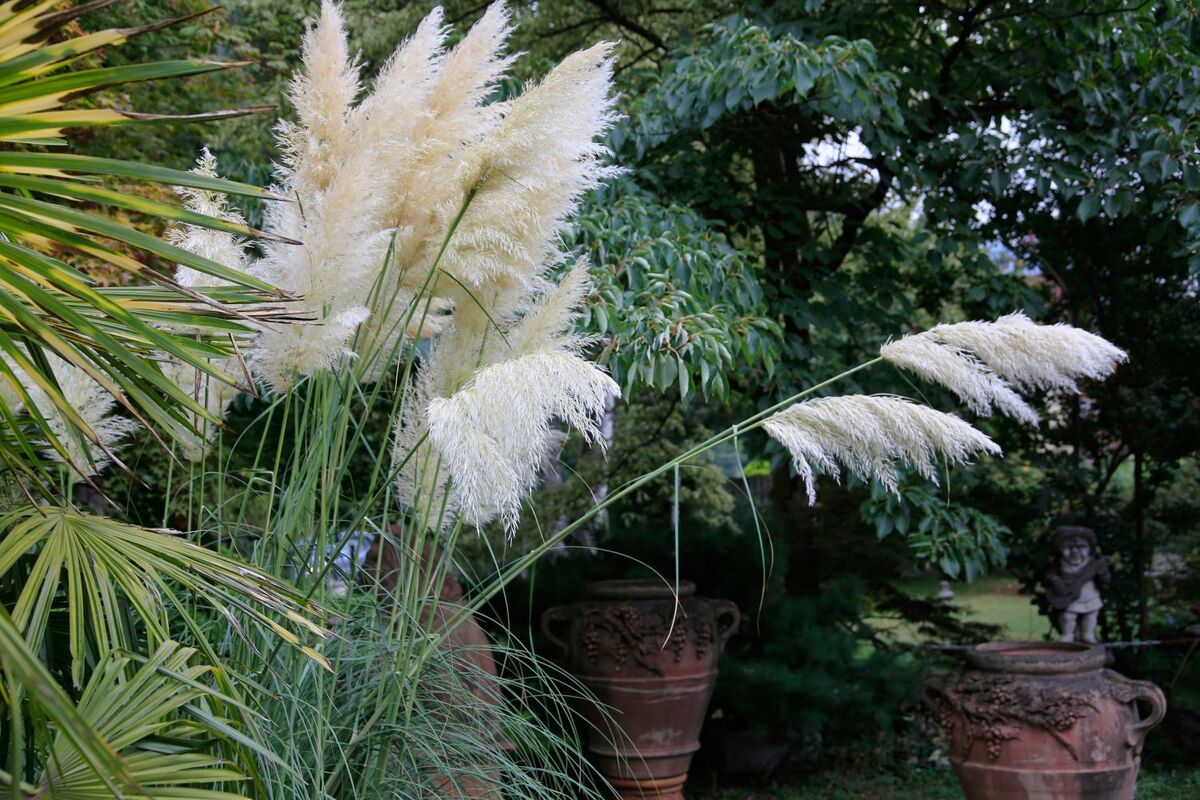


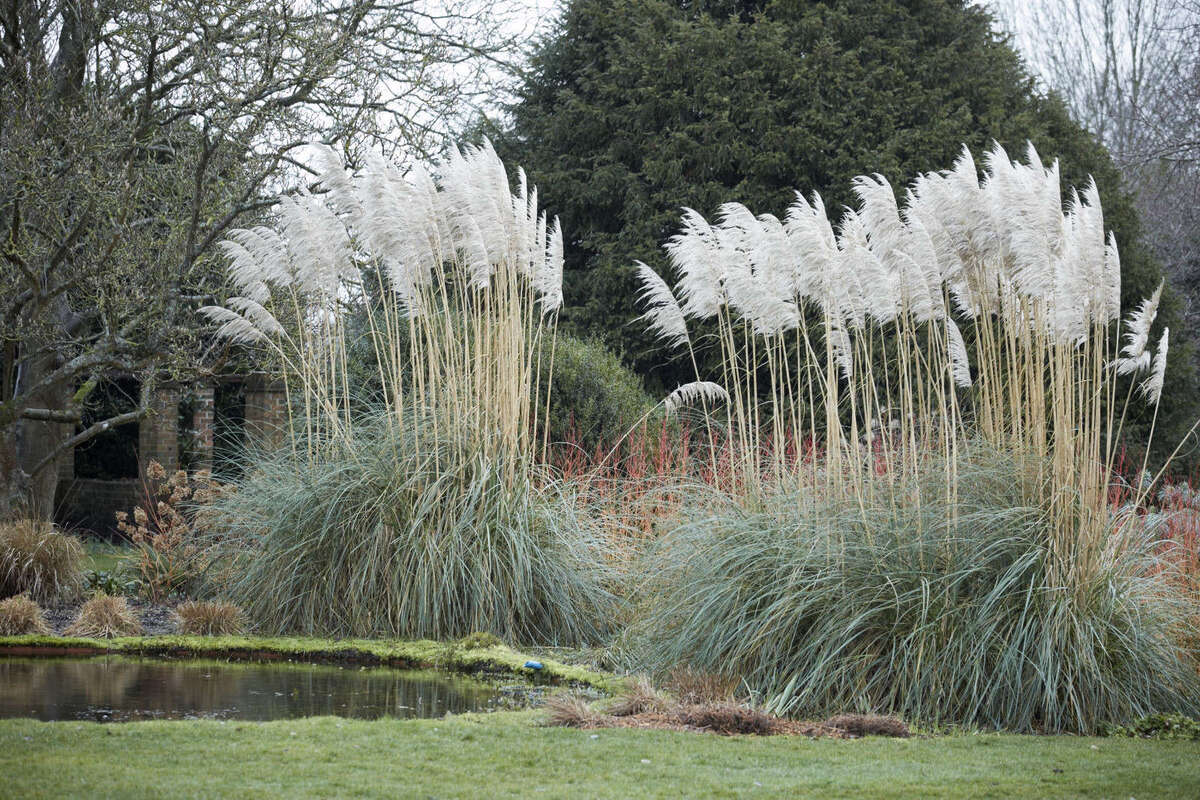
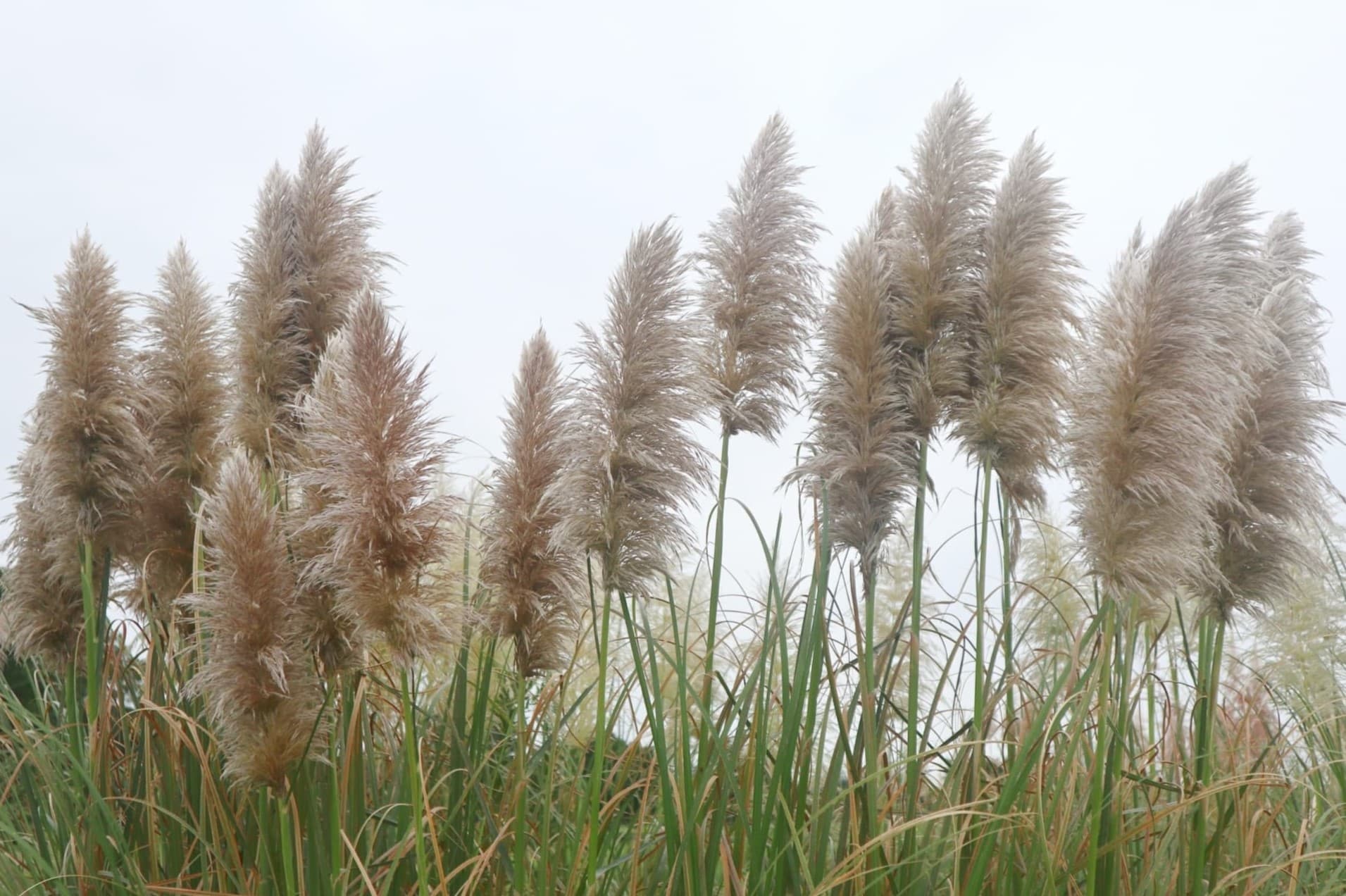
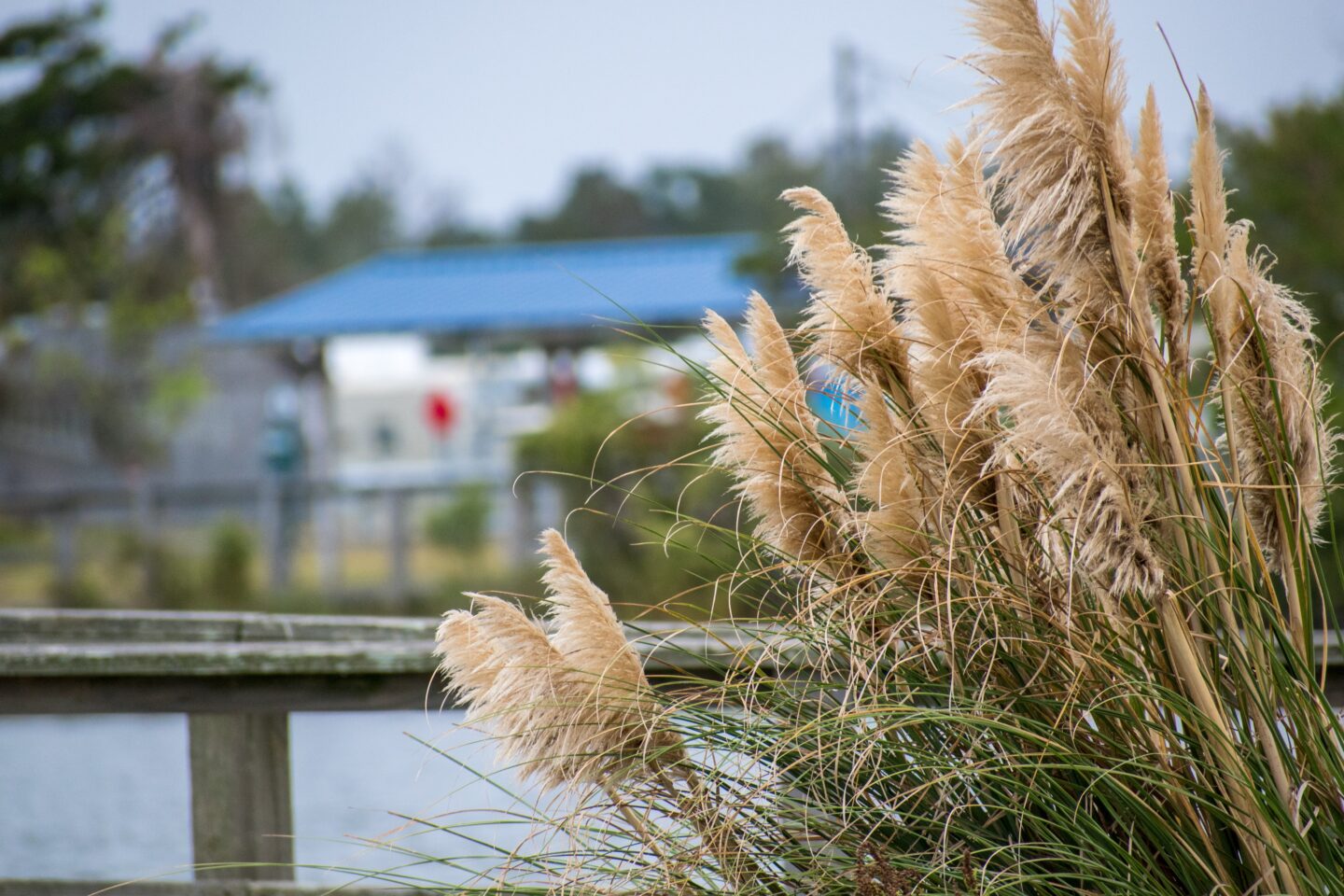
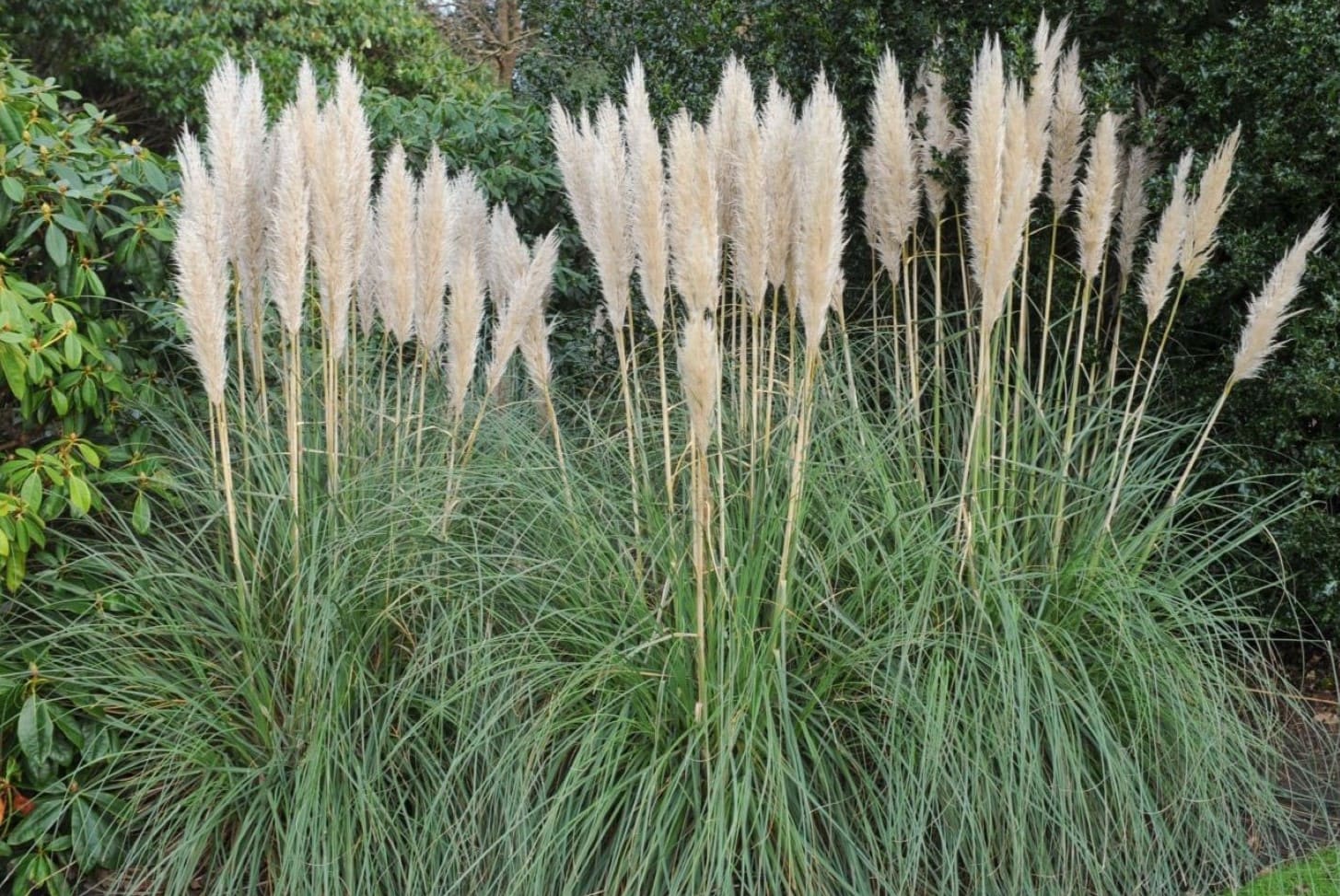

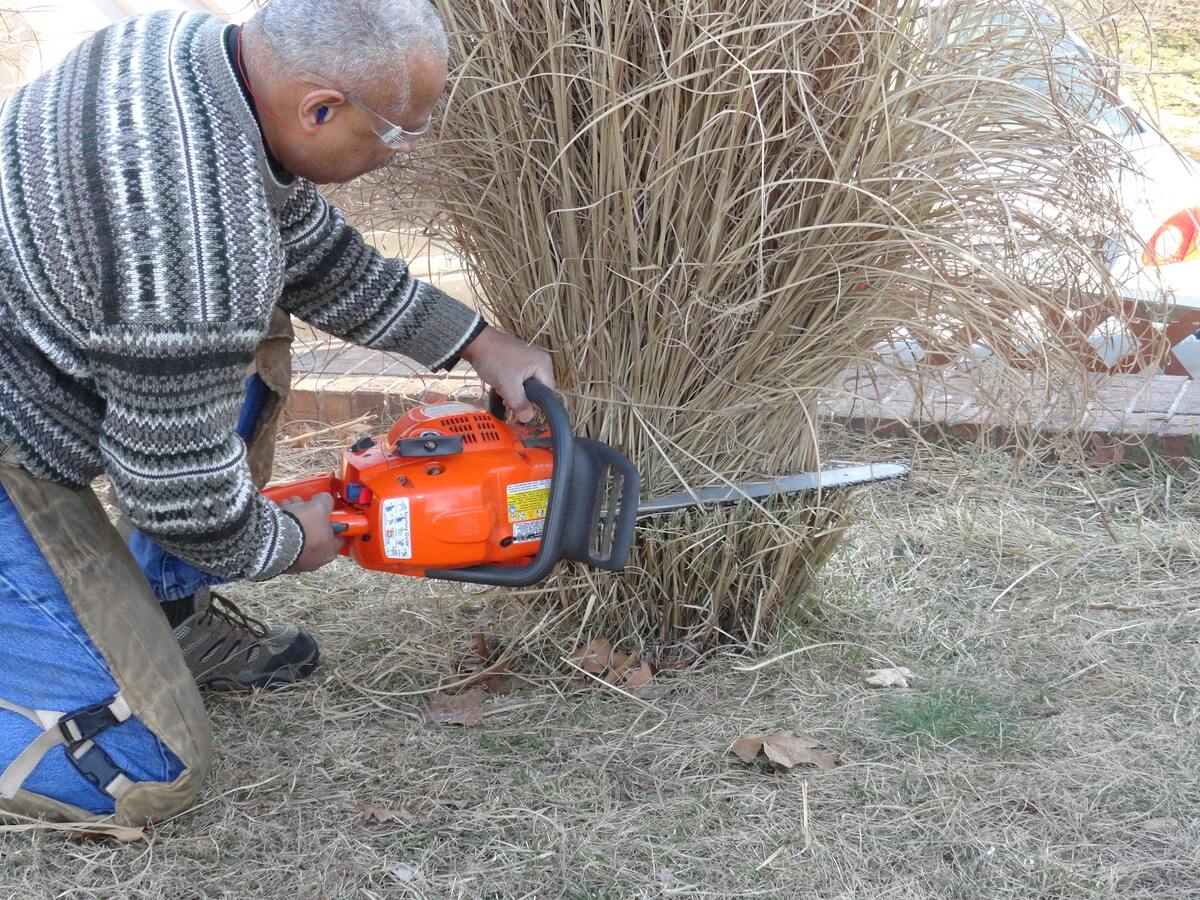

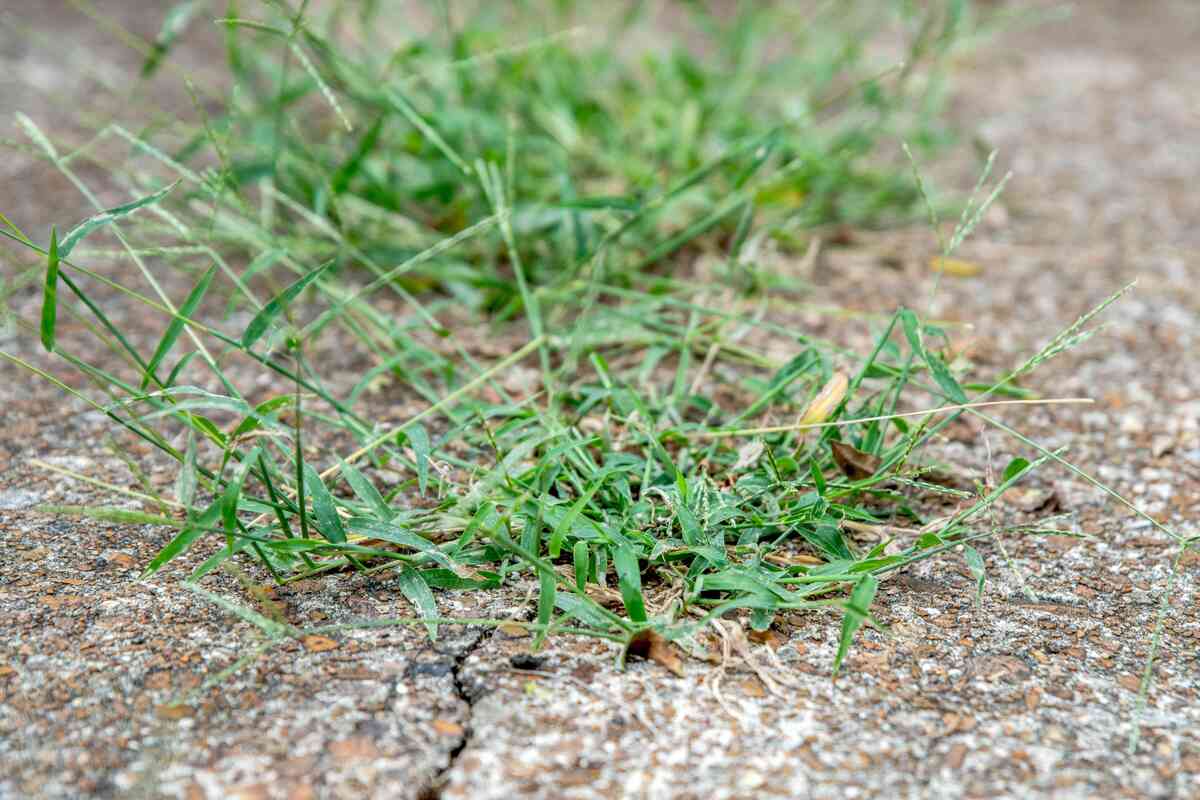

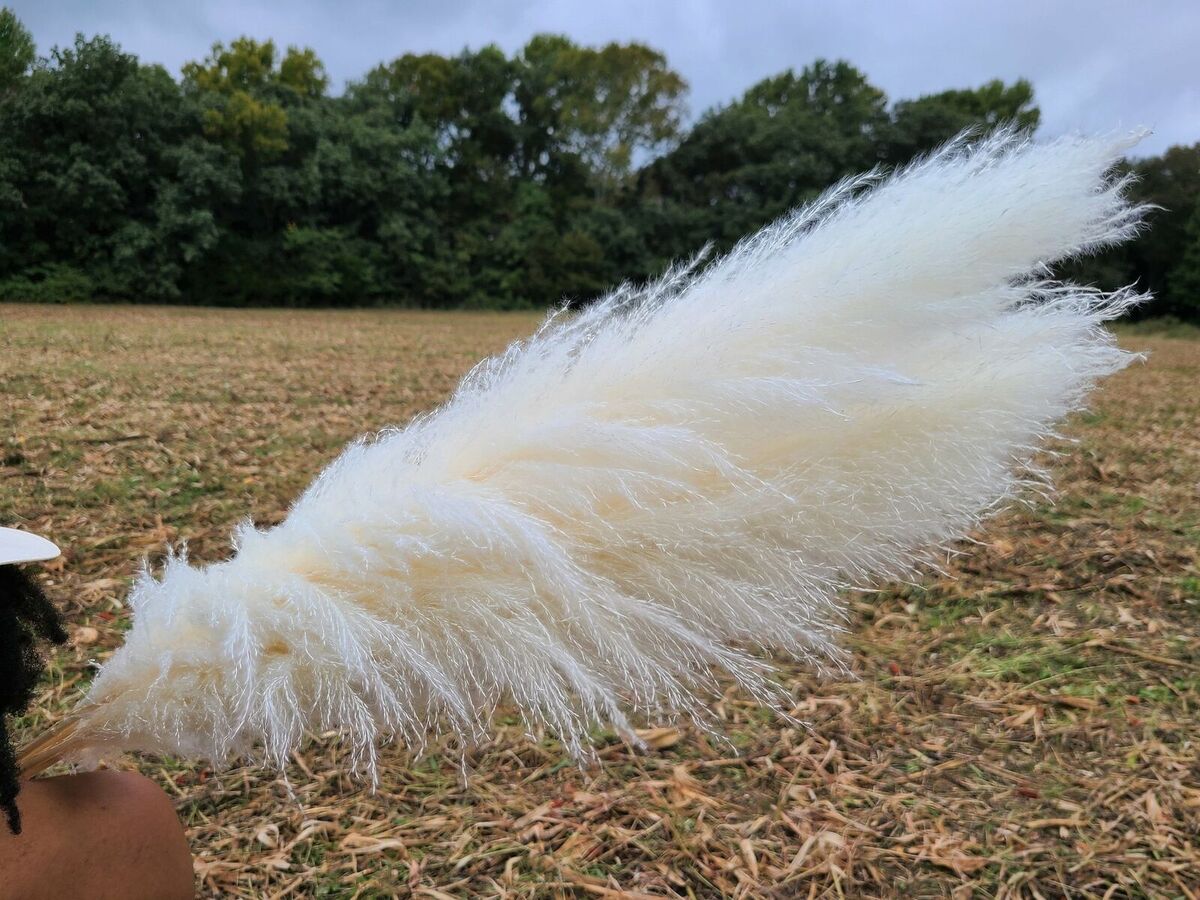

0 thoughts on “How To Kill Pampas Grass”